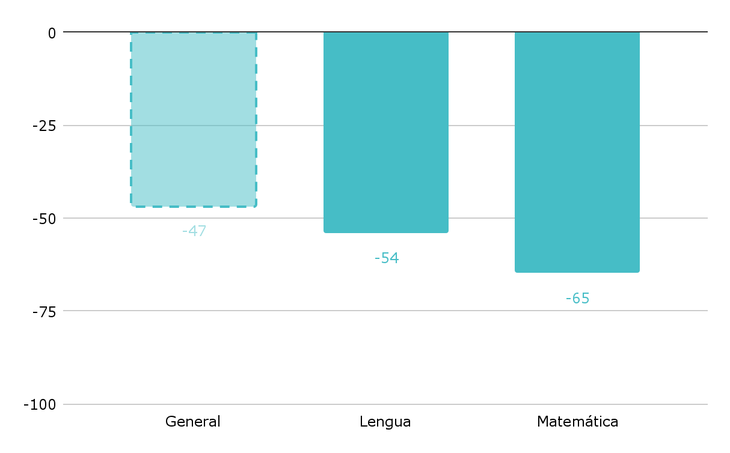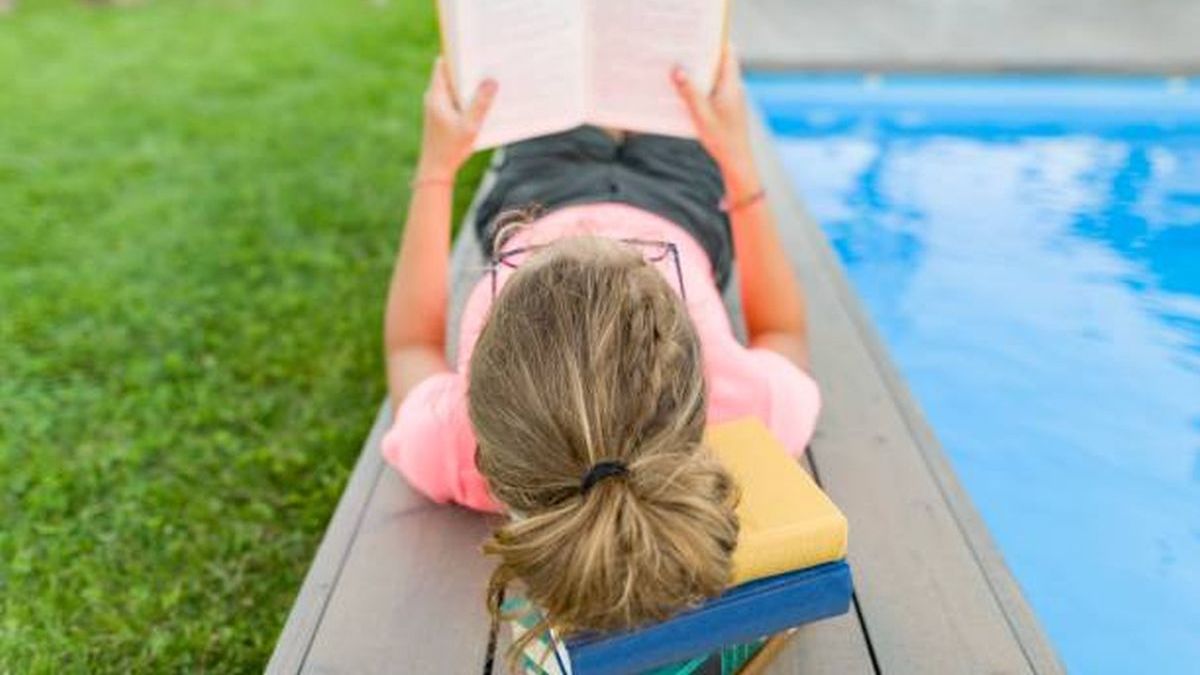Summer holidays: the impact on children’s learning
There are wide differences in the length of summer holidays internationally. In Argentina they have an average of 71 days and exceed the OECD reference figure of 63 days and the average of 66 days in Latin America..
At the regional level, Argentina occupies fifth position in terms of vacation duration, surpassed by countries like Peru with 87 days (the highest figure in the region), and well above Mexico with 41 dayswhich has shorter vacations.
At the national level, there are differences in the length of vacations in the provinces. For example Catamarca, La Rioja and Santiago del Estero They have the longest recess periods at 82 days. While CABA, Corrientes and San Juan They have the lowest figures, with 66 days of vacation (see Chart 1).
Graph 1. Duration of summer vacations (days in a row) in Latin American countries and average of OECD countries. Primary Level..png
The analysis prepared by A.E. Thus, it measured the impact of vacations on the children’s academic performance. To understand the results, the standard deviation (de) was used as the main metric, which establishes an equivalence between this measurement and days in class, that is, it applies a relationship between the negative impact on learning and the number of days in the classroom.
Thus the conclusion was reached that inVacations in Argentina, in general, imply a loss of 47 days of learning (-0.13 of). As Graph 2 shows, in Language the effect increases to 54 days of loss (-0.15 of), while in Mathematics the impact is even greater, equivalent to 65 days of loss (-0.18 of).
“The report shows us that the logical and necessary vacation cuts have a kind of cost associated with certain forgetfulness fees. Fortunately, they are not definitive forgetfulness, they can and should be recovered at the beginning of the school year,” the pedagogue emphasized. Irene Kit.
Graph 2. International evidence on learning loss in summer_general effect and by subject..png

Graph 2: international evidence on summer learning loss, general effect and by subject.
Argentines for Education
Differences in learning by socioeconomic level
The work also analyzed the differences by socioeconomic level (SES)where the gap between middle and low sectors was observed.
In Graph 3 it can be seen that, at a general level, the most favored sectors gain approximately 22 days (0.06 of) after the summer recess in the evaluations while the low SES group loses 76 days (-0.21 de) summer learning.
In dialogue with Scopethe specialist in educational management and teaching Viviana Postay He assured that “it is complicated if we take into account that the issue of learning during the year is already difficult. The issue of summer recess complicates this because many times the student must return to knowledge from previous years,” he explained.
When looking at the factor of reading comprehension and word recognition, for the first area the average SES has a loss of less than 50 days (-0.14 of) while the low SES loses 97 days (-0.27 of) learning (see Graph 3).
Meanwhile, for word recognition, the middle SES group has an improvement of 47 days (0.13 of) and the most vulnerable sectors a loss of 43 days of learning (-0.12 of).
Graph 3. International evidence on summer learning loss in Language_ by socioeconomic level..png

Graph 3: International evidence on summer learning loss in Language_ by socioeconomic level.
Argentines for Education
For Postay, “There is a central issue, the active mind.” “You have to see what cultural consumption the kids have during the holidays, what cultural world they have. The report shows that those hardest hit by the school break are the children from the most vulnerable sectors. The educational offer is not only about thinking about the classroom, the environment must also be thought about educationally,” he stated.
Strategies to mitigate the negative effects of vacations on learning
To counteract this negative impact on learning during the summer holidays, it is necessary to focus on concrete coping strategies, through activities that stimulate children, to mitigate the adverse effects of the break and make it easier to start the school year.
Specialists recommend four strategies in the report: summer schools, reading workshops, modifications to the school calendar and tutoring programs.
Although these are rather formal, where there is an approach from the institutional space (schools, cultural centers, etc.), there are also other alternatives to stimulate the minds of children.
Viviana Postay He said: “There is a lot of fun content to visit, to move around, super attractive, with which kids get hooked. “Elementary kids are extremely curious.”
In that sense, he pointed out that “public policy has to see how to achieve a free, current and broad cultural offer for these times. Logic games, plays, recreational spaces, among others. This is also part of the investment in education that is made, it is not only about what happens in the classrooms.”
Another recommendation from Postay was that “families read with the children”, through activities proposed by the school. “Have the student read a story or a novel for the start of next year’s classes, or watch a video or movie on free streaming platforms. We recommend that you watch it as a family, with themes to discuss as a group and chat about certain topics, as this helps vocabulary, to improve it and not lower the level.“, stressed the specialist.
“As families and in community organizations, we can keep the minds of children active, stimulating them to active, interpersonal, imaginative games, as well as shared readings, dramatizations, drawings and plastic expressions of all kinds,” he said. Irene Kit.
And he left a reflection to understand the importance of stimulating students during the summer: “Families receive and seek information for these recreational and educational activities in times of pandemic. “Why not redefine what we learned years ago, and put it back into action?” he concluded. kit.
Source: Ambito
I am Pierce Boyd, a driven and ambitious professional working in the news industry. I have been writing for 24 Hours Worlds for over five years, specializing in sports section coverage. During my tenure at the publication, I have built an impressive portfolio of articles that has earned me a reputation as an experienced journalist and content creator.




